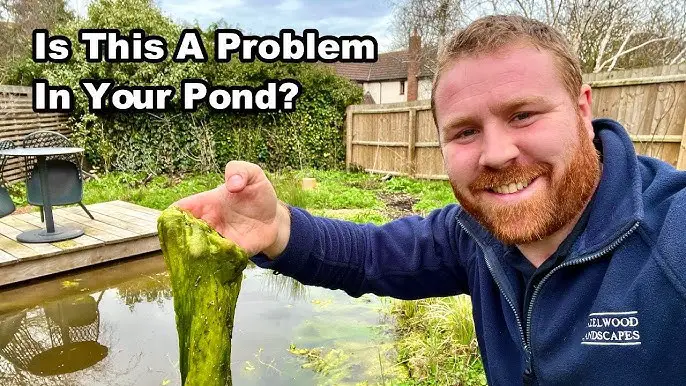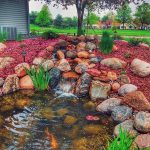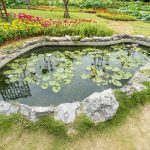Welcome to our guide on natural ways to get rid of algae in ponds. Algae growth in ponds is a common issue that many pond owners face. While algae are a natural part of any aquatic ecosystem, excessive algae growth can lead to problems such as murky water, foul odors, and poor water quality for fish and plants. Fortunately, there are several eco-friendly methods you can use to control algae in your pond without harming the environment.
1. Add Plants
One of the most effective ways to combat algae growth in ponds is by adding plants. Aquatic plants such as water lilies, water hyacinth, and duckweed can help to shade the water, reducing sunlight penetration that algae need to thrive. Additionally, these plants absorb excess nutrients in the water, which would otherwise fuel algae growth.
2. Increase Aeration
Proper aeration can help prevent algae blooms by maintaining healthy oxygen levels in the water. Installing a fountain, waterfall, or air pump can improve circulation and oxygenation, making the pond less hospitable to algae. Consider adding aeration devices to your pond to keep algae at bay.
3. Use Barley Straw
Barley straw is a natural and safe way to control algae in ponds. When barley straw decomposes in water, it releases compounds that inhibit algae growth. Simply place a bale of barley straw in your pond and let it float or sink. Over time, the barley straw will break down and help keep algae in check.
4. Maintain Water Balance
Keeping the water in your pond balanced is crucial for preventing algae outbreaks. Test the water regularly for pH, ammonia, nitrites, and nitrates levels. Make sure the water parameters are within the ideal range for fish and plants. Proper water balance will help create an environment that is less favorable for algae growth.
5. Limit Nutrient Input
Excess nutrients such as phosphates and nitrates can fuel algae growth in ponds. To reduce nutrient input, avoid overfeeding fish, limit the use of fertilizers near the pond, and prevent runoff from entering the water. By minimizing nutrient levels in the pond, you can help prevent algae from taking over.
6. Use Beneficial Bacteria
Beneficial bacteria products are another natural way to control algae in ponds. These bacteria help break down organic matter and reduce nutrient levels in the water, making it harder for algae to thrive. Consider adding beneficial bacteria to your pond on a regular basis to maintain water quality and prevent algae blooms.
7. Remove Debris
Leaves, twigs, and other organic debris that fall into the pond can contribute to nutrient buildup and algae growth. Regularly remove debris from the surface of the water and the bottom of the pond to prevent excess nutrients from accumulating. By keeping the pond clean, you can help reduce the risk of algae outbreaks.
8. Shade the Pond
Providing shade over the pond can help reduce sunlight exposure, which is essential for algae growth. Planting trees or installing shade sails can help block direct sunlight and create a cooler environment in the pond. By shading the pond, you can limit algae growth and improve water quality.

Credit: www.wikihow.com
9. Control Fish Population
Overstocking your pond with fish can lead to excess waste production, which can contribute to algae problems. Make sure you have an appropriate number of fish for the size of your pond. Avoid overfeeding fish and consider adding aquatic plants to provide hiding spots and natural filtration.

Credit: www.youtube.com
10. Regular Maintenance
Consistent maintenance is key to preventing algae overgrowth in ponds. Inspect the pond regularly for signs of algae growth and take action promptly if needed. Keep filters clean, prune plants, and perform water changes as necessary to maintain a healthy balance in the pond ecosystem.
By following these natural methods, you can effectively control algae in your pond without resorting to harsh chemicals. Remember that a balanced ecosystem is the key to a healthy pond environment. Implement these strategies to keep your pond clear, clean, and algae-free.





